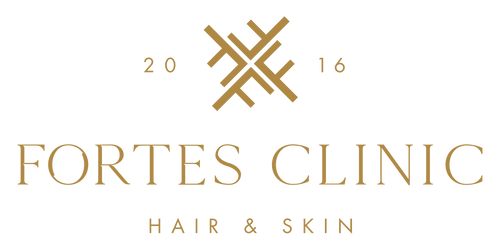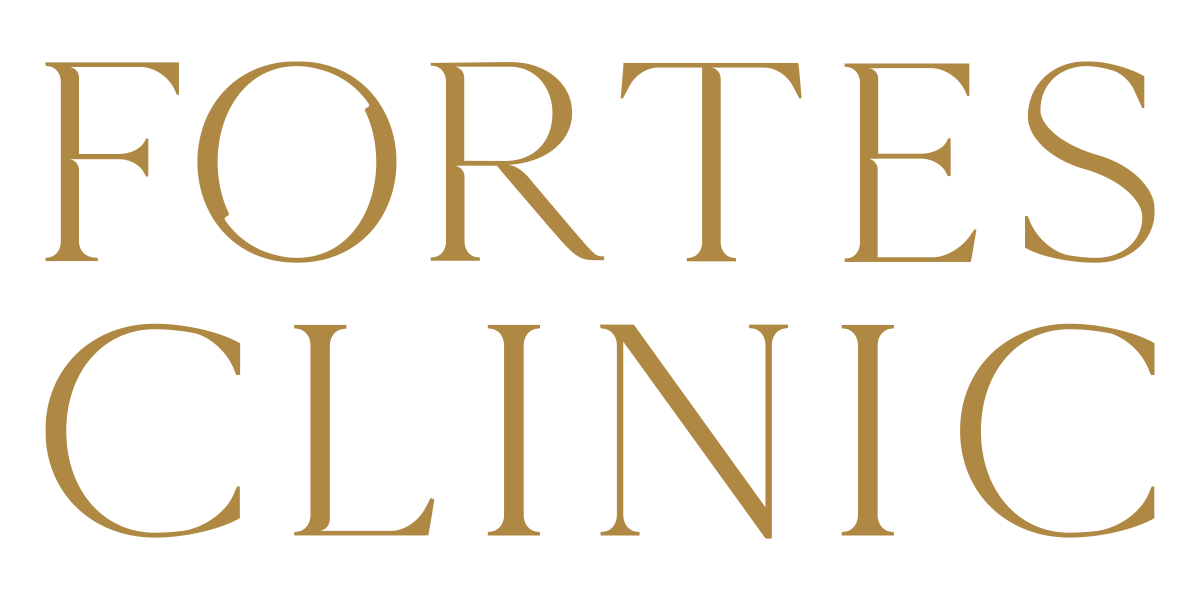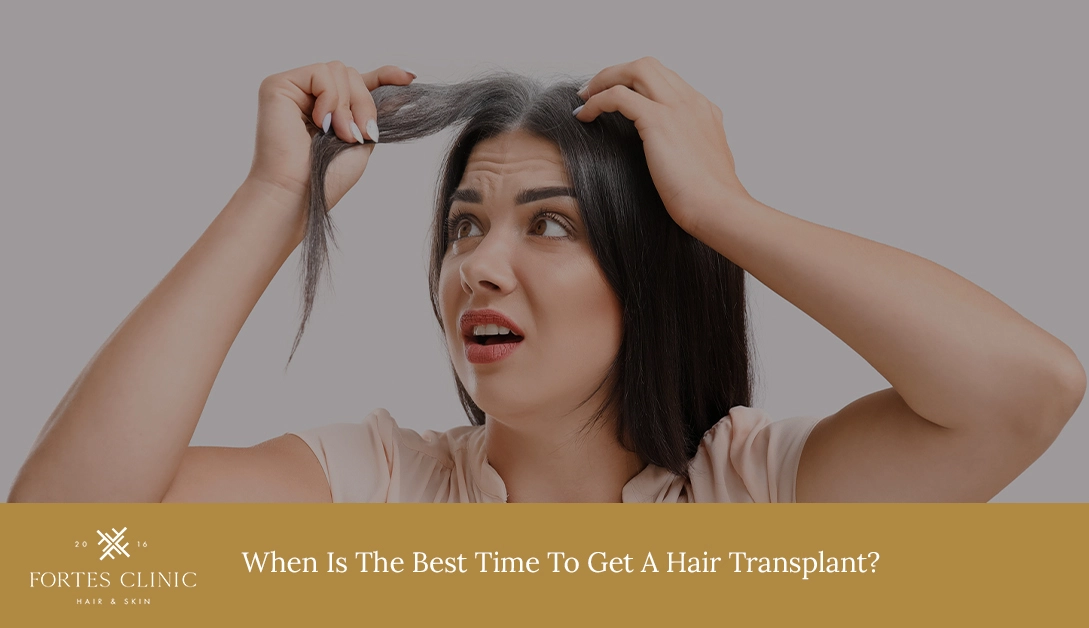Hair transplants are a life-changing solution for many people experiencing hair loss. Deciding when to undergo this procedure can significantly impact your recovery and results. At Fortes Clinic, we often get asked, “When is the best time to get a hair transplant?” This guide will help you understand the optimal timing for your hair restoration journey.
Seasonal Considerations
Winter
Winter is often considered an ideal time for a hair transplant. The cooler temperatures and reduced sun exposure can help with the healing process. You are likely to spend more time indoors, which can aid in protecting your scalp during the critical initial recovery period.
Spring
Spring is another favorable season for hair transplants. The moderate temperatures and increasing daylight can boost your mood and aid in recovery. Additionally, undergoing the procedure in spring gives your hair ample time to grow and thicken by the time summer arrives.
Summer
While summer can be a convenient time for many due to vacation schedules, the increased sun exposure and heat can pose challenges. If you opt for a summer transplant, it is crucial to take extra precautions to protect your scalp from the sun and avoid excessive sweating.
Autumn
Autumn is a popular choice for many undergoing hair transplants. The cooler weather is less harsh on the scalp, and there is ample time for your hair to grow before the social events and holidays of winter. It’s also a period when people tend to return to their regular routines after summer vacations, making it a practical time for the procedure.
Personal Health and Lifestyle
Your overall health and lifestyle play a crucial role in determining the best time for your hair transplant. Here are some key considerations:
Health Status
Ensure you are in good health before undergoing a hair transplant. Chronic conditions, recent illnesses, or surgeries can affect your body’s ability to heal. It’s best to schedule the procedure when you are feeling well and your immune system is strong.
Work and Social Commitments
Consider your work schedule and social commitments. You may need to take a few days off work post-procedure, and there might be some visible signs of the surgery, such as redness or swelling. Planning your transplant around a quieter period can help you manage these factors more comfortably.
Recovery Period
The recovery period is a vital aspect of the hair transplant process. Understanding the timeline can help you choose the best time for your procedure.
Initial Recovery (First Week)
The first week post-transplant is crucial. You’ll need to avoid strenuous activities and protect your scalp from any trauma. It’s advisable to have some downtime to allow for proper healing.
Continued Recovery (Weeks 2-4)
During this period, you might experience some shedding of the transplanted hair, which is a normal part of the process. You’ll still need to follow aftercare instructions carefully, but normal activities can typically be resumed.
Long-Term Growth (Months 3-12)
Hair growth will gradually become noticeable over the next few months. By 12 months, you’ll see the full results of your transplant. Scheduling your procedure to fit this timeline can help you achieve the look you want at the desired time.
Conclusion
Deciding when to get a hair transplant involves considering seasonal factors, personal health, and the recovery timeline. At Fortes Clinic, we recommend discussing your specific circumstances with our experienced team to determine the best time for your procedure.
Contact Us
If you have further questions or would like to schedule a consultation, please contact us. Our team at Fortes Clinic is dedicated to providing personalized care and ensuring you achieve the best possible results from your hair transplant.
Ready to transform your look with a hair transplant? Book your consultation today and take the first step towards fuller, healthier hair.



